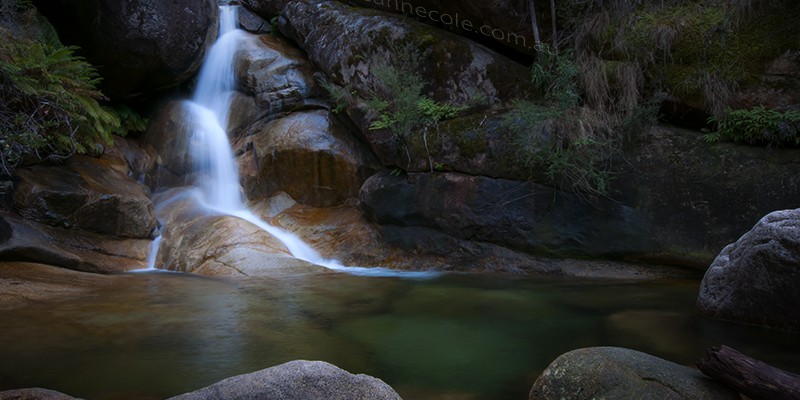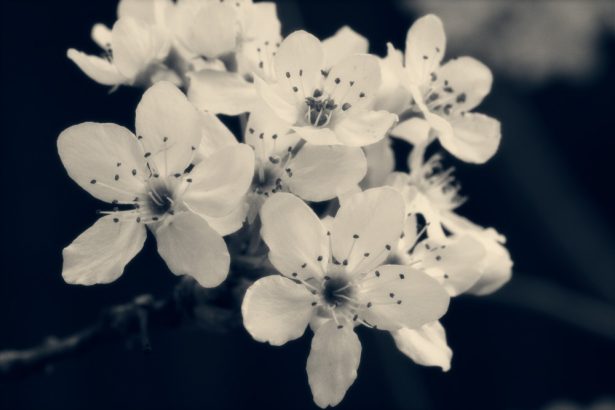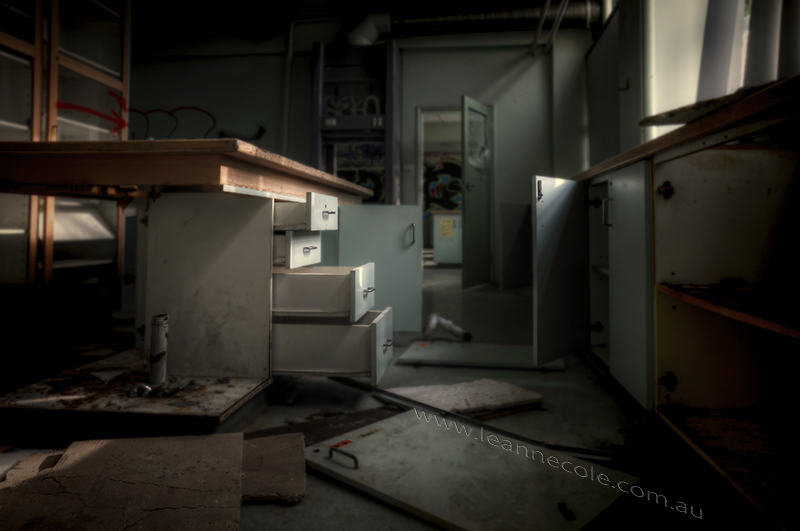On the weekend I was asked by Amy from THE WORLD IS A BOOK… if I could write a post on how I photography tips on waterfalls. It isn’t something I have really thought about, but I guess they can be hard to do. There are different factors to consider.

One of the best ways of getting the “marshmallow” effect, that is what I call it, or the blurred water, is to use long exposures. You need at least a 2 second exposure, or shutter speed. It can be a hard thing to do, and neutral density filters are often the best way to achieve them if the conditions during the day won’t let you get a shutter speed that slow.
The above image was taken in the Grampians, McKenzie Falls, though taken with film, so I had no idea what I had until I got the film back. I could get the slow shutter speed because the falls are in a gully, so it was easier to get a slower shutter speed. If you don’t have neutral density filters, then you should consider the time of day that you are going, avoid times when the sun will be on the waterfall.

In the above image you can see the sun was shining down on the waterfall, and I wouldn’t be able to get that blurred effect unless I had a neutral density filter. I also don’t like the sun directly on the waterfall, now that I know what the waterfall is like during the day, I know I should avoid that time of the day, and next time will choose early morning or late afternoon.

One of the other problems is hot spots on the water, by that I mean where the water just turns white, solid white and often you can’t get any detail in it. I can only tell you how I do these, and the trick for me is to underexpose the image slighty, by a 1/3 or 2/3 of a stop. I do shoot raw now, so I know that I can details back from the shadows. I can brighten up the shadows and tone down the highlights. I often use spot metering too and will have the spot on the waterfall so I am metering for the water.

Having a Neutral Density filter can help a lot. I have a 9 stop one, so it cuts out lots of light, so when I can’t get slow shutter speeds normally, then the neutral density filter will allow you have to get a longer shutter speed.
A neutral density filter is a filter that is grey and depending on how dark the grey is, will block out more light, and it shouldn’t affect the colour of the image at all, so be careful of cheap ones, because they will make your images have magenta tinges. If you work in black and white it wouldn’t be a problem, so I saw go for the cheap ones.
Some of the ways to get the slowest shutter speed possible is to make sure you are on the lowest ISO possible, for most cameras that is ISO100, and then close down the aperture as much as possible, so using f/22 or something like that. That can often help. You also need to use a tripod, you won’t be able to do photos like these unless you have one.
I think they most of the tips I can think of. I hope Amy find this helpful and some others as well. I have some more photos to show you and will put them in a gallery for you.
Please consider helping me, if you have enjoyed this post or learned something new, then please consider supporting me and helping me to continue helping you by making a small donation.
















I just happened to navigate over to this post. Lovely waterfalls. The long exposures make the water nice. I went to three yesterday, but I couldn’t do LE’s because I was on a 4×4 tour, the only way to get to them–plus walk 7km’s 😊.
The longer exposure for them is great, I love doing them for these. Oh yes, I can imagine how hard a tour would be if you wanted to get great photos. You will just have to come back. I will take you to a couple along the Great Ocean Road.
We had a very small group, only three other people. They were very nice and didn’t mind me putting up my tripod, but still I wanted to be considerate and didn’t do really long exposures. I did use a graduated nd on one where one rock face was extra bright. I think the light was good, even though I didn’t get to choose the time of day. Getting to those waterfalls would not have been possible without a guide.
I don’t think you need to do very long exposures for waterfalls, around 30 seconds at the most. We will look at some waterfalls when we go on the great ocean road, I’m trying to decide which ones. Ones that are fairly easy to get to. We can both do some long exposures then.
That will be great!
Fantastic, I will plan a couple.